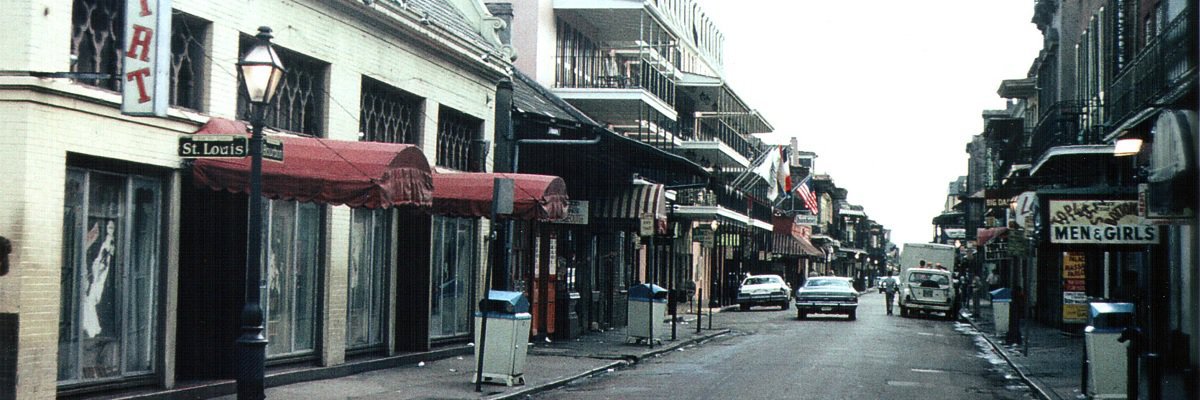Before they can deploy a StingRay cell phone tracker, state and local law enforcement must sign a non-disclosure agreement with the FBI. But the public did not know the precise terms of this NDA until yesterday, when the full six-page agreement was released in unredacted form as part of a lawsuit won by the New York Civil Liberties Union.
Among other revelations, the unredacted NDA codifies the FBI’s right to seek dismissal of cases rather than disclose details of cell phone tracking technology, so long as the Bureau determines that “using or providing such information would potentially or actually compromise the equipment/technology.”

Before now, the provisions of the StingRay non-disclosure agreement — signed by dozens of agencies nationwide — were revealed in a piecewise manner through the transparency efforts of privacy advocates and journalists across the country.
In October 2013, the FBI released the boilerplate template of the NDA pursuant to a lawsuit brought by the Electronic Privacy Information Center. But the copy released was so redacted as to be nearly illegible, even down to its title.
The FBI withheld three of the agreement’s six pages in their entirety and redacted passages indicating that it was an agreement to be completed by state and local law enforcement.
Additional details from the NDA were revealed in response to a public records lawsuit brought in Tucson by a reporter of the ACLU of Arizona. In an April 2014 affidavit, the chief of the FBI tracking technology unit confirmed to the court that the Bureau “has entered into a non-disclosure agreement (NDA) with our state and local law enforcement partners.”
The FBI agent’s affidavit also included limited quotes from the NDA itself.
In September 2014, police in Tacoma, Washington released a copy of the non-disclosure agreement in response to a public records request submitted by Phil Mocek, a MuckRock user.
While heavily redacted, the Tacoma copy did include the agreement’s title, introductory paragraph and signature page. This allowed MuckRock to recognize the version released by the FBI the previous year as a boilerplate.
Further details from the NDA emerged in December via a public records battle waged by the Minneapolis Star Tribune.
The Minnesota copy revealed that agencies agree to eleven conditions in total when signing the NDA with the FBI.
Six of those conditions left unredacted included either prohibitions on disclosure of StingRay details or requirements to notify the FBI ahead of such a release. The final condition pertains specifically to requests for documents under the federal FOIA statute, state transparency laws or court orders.
The copy released yesterday by the NYCLU reveals all eleven conditions in full, at last.
In addition to the right to seek case dismissal, the FBI also reserves authority to approve language used in search warrants, court affidavits and even “pre-trial matters” if an agency seeks to include any information beyond “the evidentiary results obtained.”
That is, under this agreement, a police department seeking a judge’s explicit approval to deploy a StingRay must first get the FBI’s written go-ahead. An agency avoids such a hoop, though, by limiting language on court submissions to the “evidentiary results obtained” via cell phone tracking — such as that an individual was in a particular building — without disclosing the precise technique that revealed this information.
Some judges are less than pleased with such word games in court filings.
As has been the case with many document releases around StingRays, the NYCLU won access to this unredacted copy of the NDA after a lengthy lawsuit. Only through such tenacity do we now know the extent to which the FBI and the Harris Corporation have sought to shield details of StingRay deployment from open discussion.
“In essence, [the FBI’s] instructions are to conceal from the public the existence, technological capabilities, or uses of the device,” summarized Judge Patrick NeMoyer, who ordered the Erie County Sheriff’s Office to release the NDA and other documents regarding StingRays to the NYCLU.
“If that is not an instruction that affects the public, nothing is,” NeMoyer concluded.
As part of our ongoing investigation into cell phone tracking technology, MuckRock is continuing to request StingRay documents from law enforcement agencies across the country.




